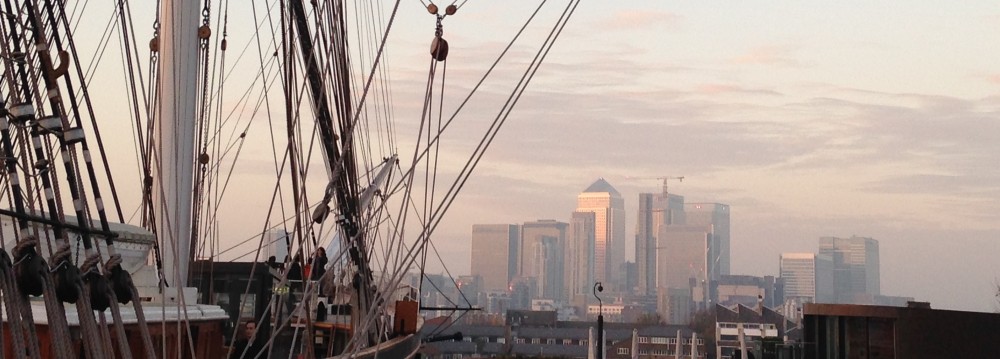The French Highway System: A Road to Somewhere
Occasionally, the French find interesting market-oriented ways to deal with strategic challenges. Sometimes they arrive at a capitalist destination in a manner that was not necessarily part of the original plan. A fine example of this is the amazing (generally) French highway system.
Capitalist tendencies
The autoroute system was established under the direction of the state, which granted concessions to state firms to build specific sections. These firms were largely privatised in recent decades, in some cases with substantial portions of the shares winding up in the hands of institutional investors, employees and small investors. Nowadays, these privatised firms and some emerging competitors from the private sector operate most of the long-haul sections of the system as toll roads. The tolls are generally based on distance travelled and the rates are fairly high compared to what toll roads charge in some countries such as the United States. Only in urban areas and Brittany, do the main highways generally remain in state hands with mostly toll-free operation.
My way is the highway
The amazing thing is that the intercity portion of the system works very well. Despite the heavy presence of the state in the French economy, somehow the government hit upon the right idea of exploiting a market-based solution to further the development and operation of the highway system.
Across most of the intercity network, the roadbed is generally well maintained with wide shoulders. With a legal speed limit of 130 km per hour (80 mph) outside of built-up areas, it is easy to cover distance quickly. Capacity is generally adequate except during peak travel seasons (though, admittedly, traffic can be periodically heavy at other times as well).
There are rest areas every 15 kilometers (10 miles) or so. Many of the rest areas are quiet, non-commercial parks with restrooms, telephones, picnic tables, playgrounds and space to walk dogs. The accommodations in the non-commercial rest areas are basic with unheated restrooms and no hot water. Others areas, at less frequent intervals, are more standard car and truck stops with gas stations and restaurants, heat and hot water.
Yay, infrastructure!
The investment in infrastructure is quite impressive, often implemented with architectural flair. A fine example is the Normandy Bridge across the Seine near La Havre. The various installations are often accented with splashes of color. In some places, there are engineering marvels like the new tunnel in the outer beltway around Paris. With little disruption on the surface, the tunnel cuts under a dense urban area as well as parkland. Built by the construction firm and highway operator Vinci as a toll road, the tunnel uses a duplex approach with North- and Southbound lanes stacked on top of each other in a large tube. The result of such investment is reduced travel time and improved quality of life, all while making a contribution to stimulate the economy.
Beautifully bucolic

A view of lush farmland, looking across a wetland built into the landscaping of a highway rest area in Picardie
The highways offer an excellent option for exploring the gorgeous French countryside. But, even along the roadway the landscaping is attractive with occasional sculptures and special plantings, and no billboards. As in most countries, the French urban road network may be stressful and challenging to drivers, but out here in the countryside it often feels like one is driving through a postcard setting. Indeed, when travelling across France it pays to budget a bit of extra time for a foray or two off the main road. A surprising number of temptations are situated along the highways, ranging from vineyards to splendid natural sites, from historic monuments to gastronomic wonders.
Conclusion: Time for a Road Trip?
The French highway system is a confirmation that public-private collaboration can indeed make a positive contribution to quality of life. While a country road, less-travelled, can offer many charms and attractions in France, the highway travel to the start of the country road may also be a worthwhile part of the experience (particularly if you plan ahead to avoid peak travel seasons and heavily-utilised routes). Could it be time to hit the road?


